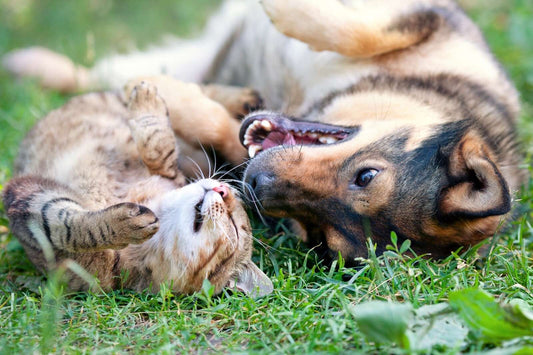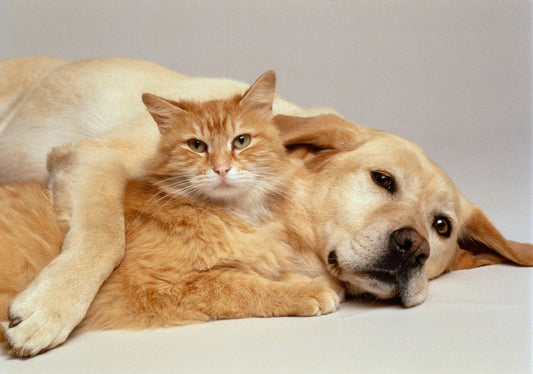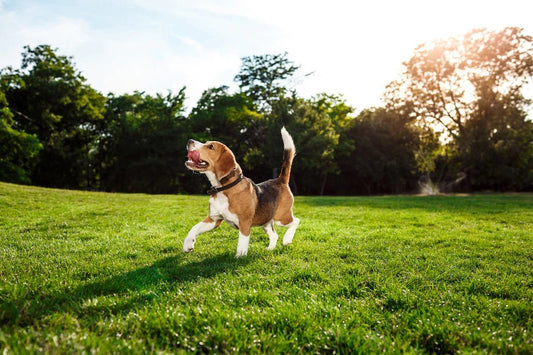“Ruby keeps tugging at her leash!”
“I just can’t get Casper to stop jumping onto the furniture!”
If these refrains sound familiar to you, then you’re not alone.
“Too much information can be as disconcerting as too little” – Patricia Wentworth, British writer.
When you look up “how to train your dog” there’s so much information out there that it can get confusing. You could be following some of the most recommended methods and yet make minor errors unknowingly.
We have compiled five of the most common mistakes you can avoid for better training results.

Dog Training Mistake 1: Reward for pulling the leash
How many times have you been at risk of twisting your shoulders or falling face-first on the road due to Juno pulling you off the pavement? Most times, when your dog gets excited and starts pulling at the leash, you end up doing so out of the sheer force of the pull. Soon, it becomes more frequent, and you can no longer stop them.
What to do?
Resist their pulling by immediately coming to a stop. Don’t try to pull your dog back. Instead, simply stand at the spot until your dog relaxes. When you feel the dog leash becoming loose, continue walking. Reinforce this pattern until they get the message.

Dog Training Mistake 2: Shouting at your dog for jumping on people
Lexi may be adorable and gentle, but when she jumps on people to express her love, it’s uncomfortable for some people, and in fact, even dangerous for small children or older people. Shouting and expressing anger, however, won’t help. Why do dogs do it? Other than being excited, the reasons include showing dominance, seeking attention, and simply as a way of greeting.
What to do?
Put your dog on a leash when guests arrive. Don’t allow your guests to interact with your dog until he/she has calmed down. An alternate method is to turn around and walk away when your dog tries to jump on you. Wait for a few seconds and return. Training is about communicating your thoughts clearly, and this will help your dog understand you better.
Dog Training Mistake 3: Lengthy training sessions

Ella, the puppy, is home, and there’s excitement all around! Soon, you are eager to show off the things your cute furball can do to everyone. And so you get down to the training. Here’s where problems could arise with over-training. Long, intense sessions can wear Ella out and make her immune to your commands. TMI is bad for dogs too!
What to do?
The key is to keep it short with plenty of repetitions. Pace out training sessions according to your dog’s age to avoid anxiety. Puppies can take time, and there’s no point in packing in too many behaviors at once. Reinforce just one or two tasks with patience until they are entirely familiarized. Keep in mind that senior dogs might have health issues, which will result in slower responses.
Dog Training Mistake 4: Not incorporating different environments

You feel quite triumphant when Max learns to ‘sit’, and you feel ready to take him out to different places. To your consternation, Max refuses to sit and behaves most disobediently when you’re at your friend’s house or in the park. Sounds familiar?
What to do?
Dogs might not be so well-behaved outside because you could have forgotten to wire in a particular command for all situations. Most training happens inside the house and probably in a particular room. Dogs tend to dissociate the training at home from others and fail to generalize. Set this right by taking them out to different locations and practicing the same command.
Dog Training Mistake 5: Mixing up commands

It’s been a week since Jeeves has learned to come bounding to you when you say ‘come’ and you’re quite pleased it’s been going like clockwork. But the last couple of times, he hesitated. He wasn’t enthusiastic and even turned away. What went wrong? Most often, it’s the feelings associated with the command. You could have mixed the command with activities like a fur trimming session or playing fetch, which some dogs might not like.
What to do?
Reinforce the cue with only positive activities and emotions. Your dog enjoys bounding up to you when you call them. Mixing it with something they don’t like confuses them and they just stop responding or react differently to avoid the unpleasant situation they expect. For such activities, simply go and get your dog rather than issuing the cue. You might be able to pull it off occasionally once your dog is no longer a puppy and has been trained completely but be mindful of not making it a habit.
Dogs are extremely intelligent. They pick up on more things than we probably give them credit for and making these small but significant adjustments will ensure a happy, tail-wagging experience for you and your dog!











